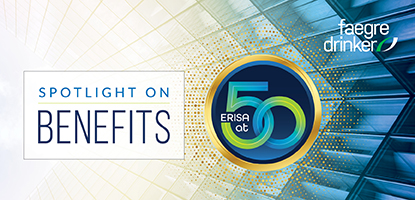Plan sponsors, insurers, and third-party administrators should pay close attention to the new guidance to facilitate health plan compliance with complex nonquantitative treatment limitation comparative analyses requirements.
On July 25, 2023, the Department of Labor (DOL), Department of the Treasury (Treasury), and Health and Human Services (HHS) (the Departments) issued a proposed rule on how to comply with the nonquantitative treatment limitations (NQTL) comparative analyses requirements enacted under the Consolidated Appropriations Act, 2021 (CAA). The requirement for health plans to perform and document their comparative analyses of the design and application of NQTLs became effective February 10, 2021, and the DOL has been aggressively enforcing the requirement through extensive, multi-year health plan investigations over the last few years. In addition to the proposed rule, the new guidance issued also includes:
Continue reading “DOL Issues Long Awaited Mental Health Parity Guidance”

